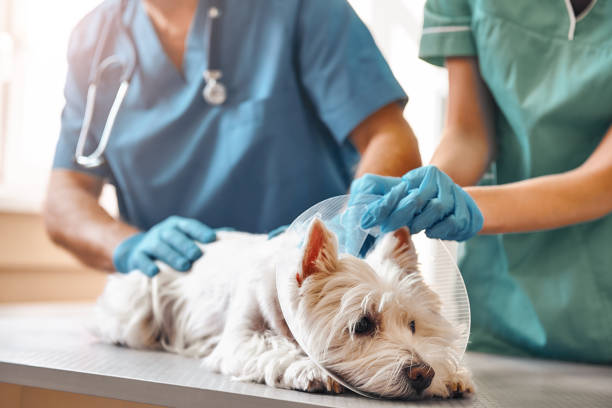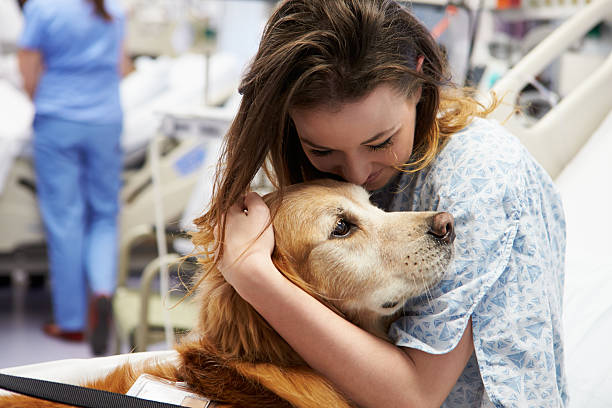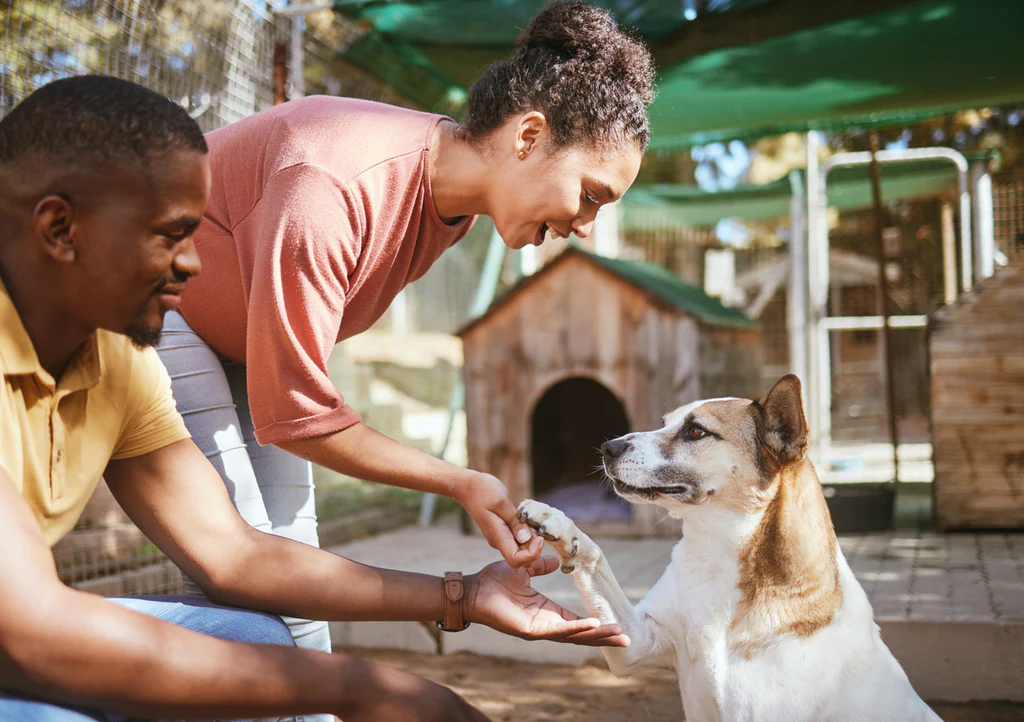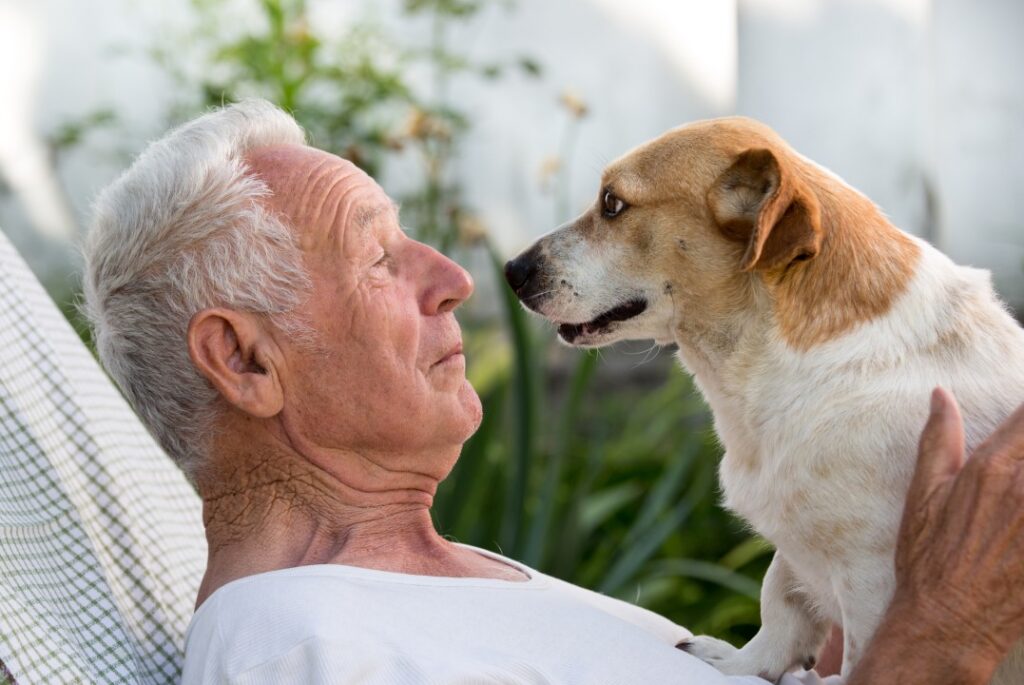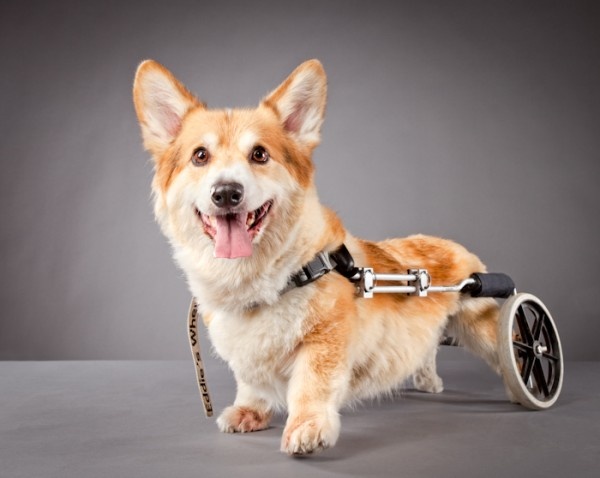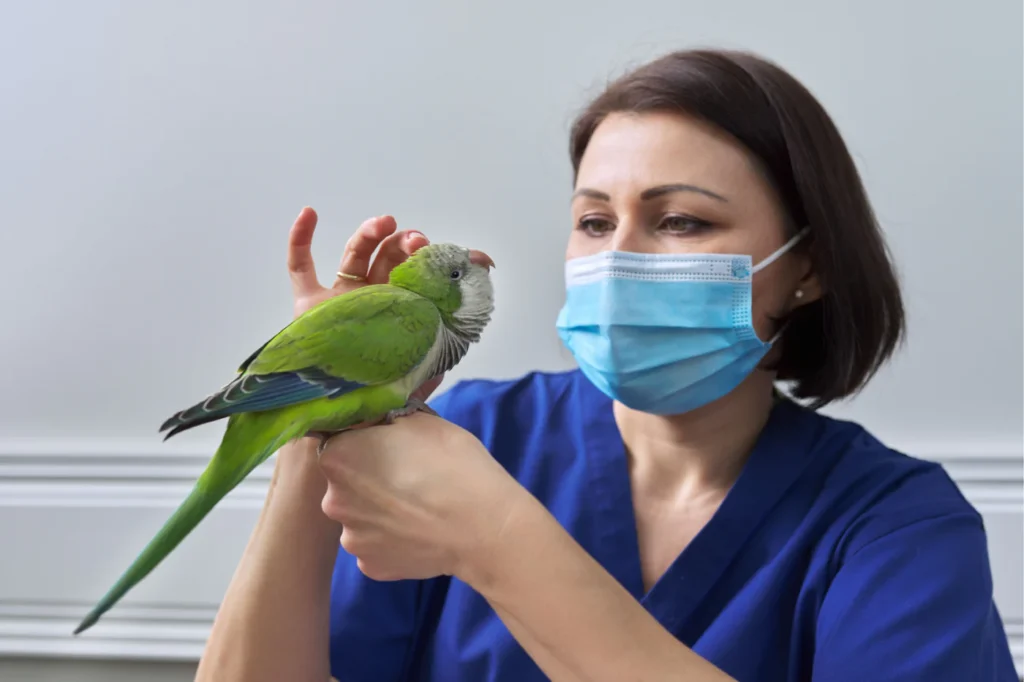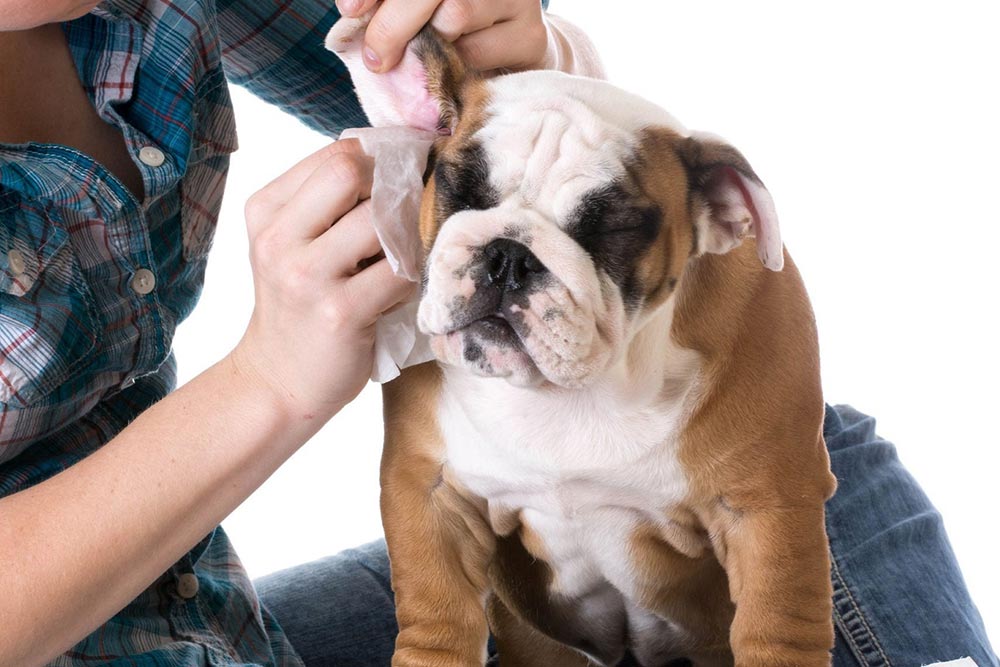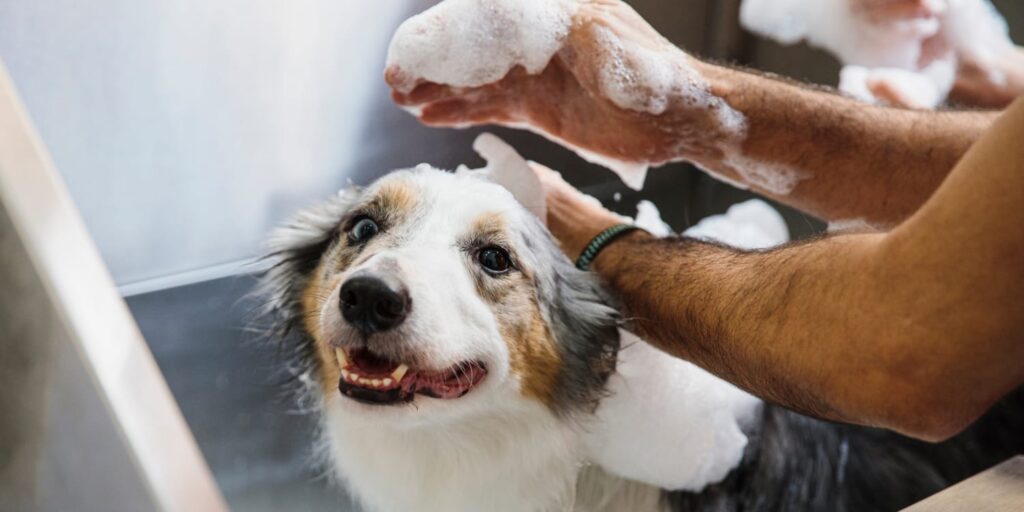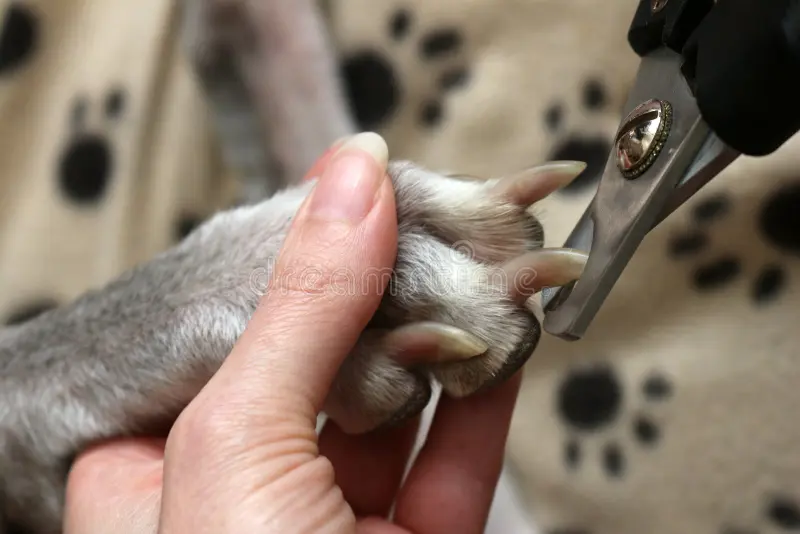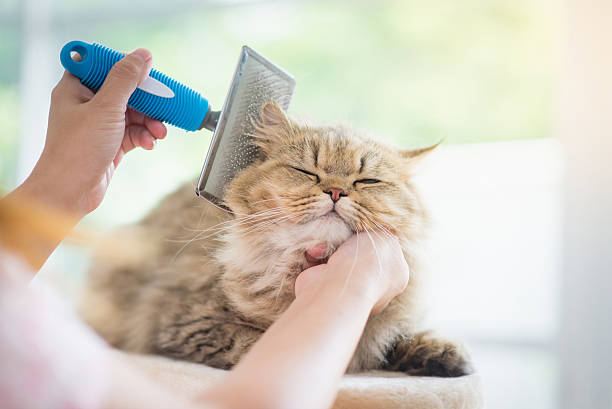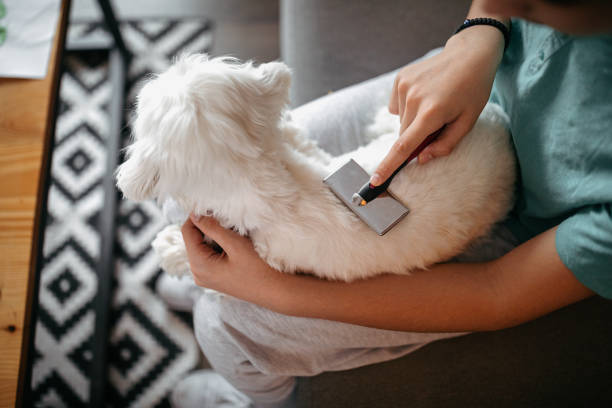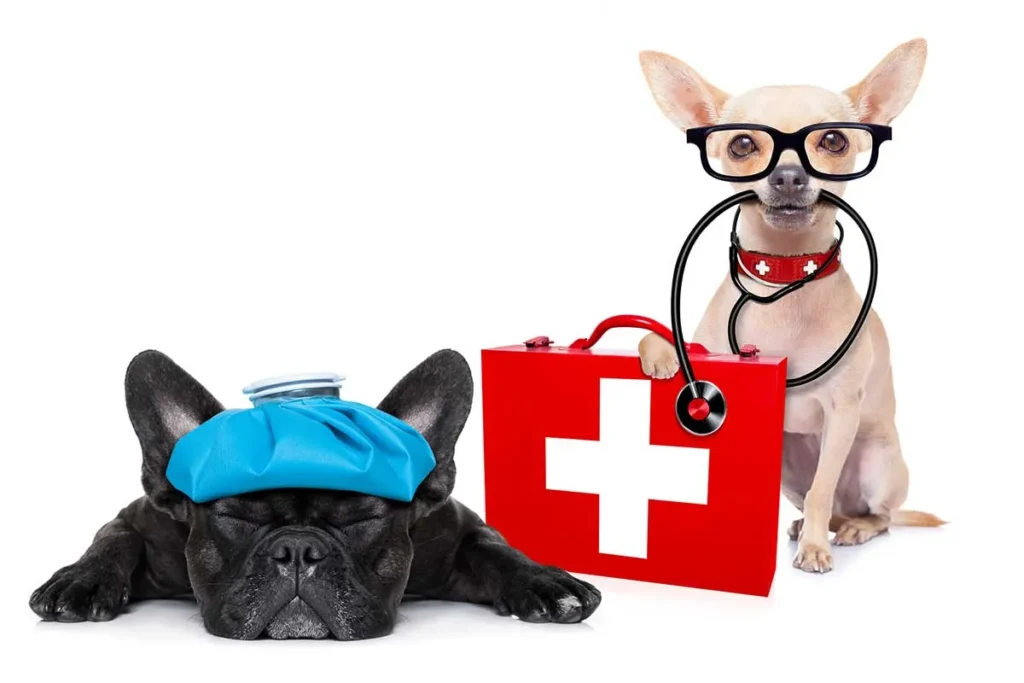Step-by-Step Guide to Handling Pet Emergencies
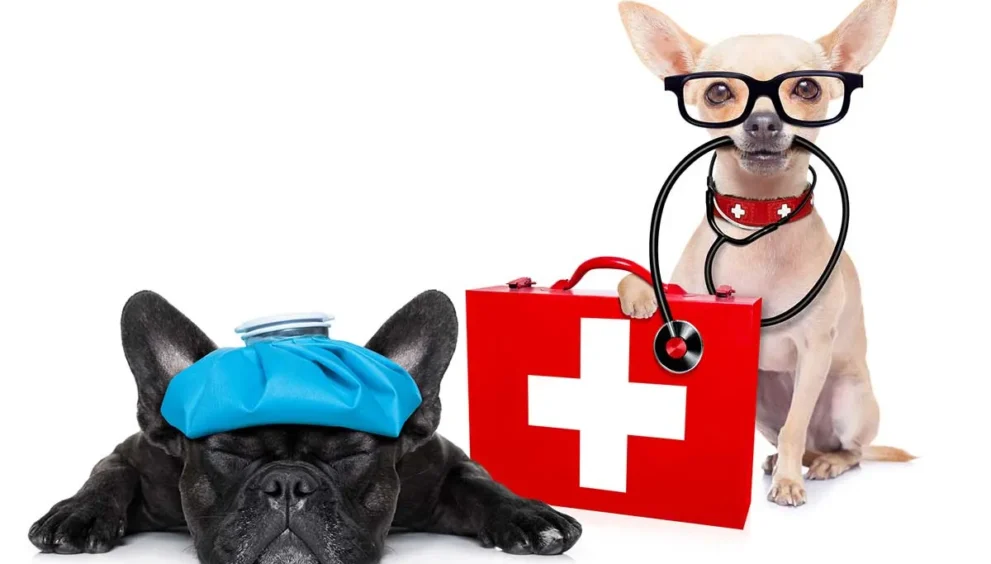
Emergencies can happen when we least expect them, and as pet owners, it’s crucial to be prepared to handle them effectively. In this step-by-step guide, we’ll walk you through the essential actions to take when faced with a pet emergency, ensuring the safety and well-being of your furry companion.
Importance of being prepared for pet emergencies
While we hope to never encounter a pet emergency, being prepared can make all the difference in a crisis situation. By knowing what to do and staying calm under pressure, you can provide the necessary care and support for your pet until professional help arrives.
Stay calm and assess the situation
The first and most crucial step in any emergency is to remain calm. Panicking can cloud your judgment and hinder your ability to help your pet effectively. Take a deep breath, assess the situation, and proceed with a clear mind.
Step 1: Assess the Situation
Check for any immediate dangers
Before approaching your pet, scan the area for any potential hazards that could pose a threat to your safety or theirs. Remove any objects or obstacles that could cause further harm.
Evaluate your pet’s condition
Once the immediate area is safe, carefully assess your pet’s condition. Look for any signs of injury or distress, such as bleeding, difficulty breathing, or unconsciousness. Take note of any symptoms or abnormalities to communicate to veterinary professionals.
Step 2: Contact Veterinary Care
Reach out to your regular veterinarian or emergency clinic
Contact your regular veterinarian or the nearest emergency animal hospital immediately. Describe the situation and follow their instructions for further action. They may provide guidance on administering first aid or advise you to bring your pet in for urgent care.
Follow their guidance for further action
Listen carefully to the instructions provided by veterinary professionals and follow their guidance accordingly. They may instruct you on how to administer first aid, stabilize your pet for transportation, or provide additional assistance over the phone.
Step 3: Administer First Aid
Basic first aid techniques for common pet emergencies
Depending on the nature of the emergency, you may need to perform basic first aid procedures such as applying pressure to stop bleeding, performing rescue breathing or CPR, or stabilizing fractures or injuries.
Tips for safely administering first aid to your pet
Handle your pet gently and with care while administering first aid. Use caution to avoid causing further injury or distress, and be mindful of your pet’s comfort and well-being throughout the process.
Step 4: Transport Your Pet Safely
Prepare your pet for transportation
If your pet requires immediate veterinary care, prepare them for transport by gently securing them in a carrier or safely restraining them in your vehicle. Keep them warm, calm, and as comfortable as possible during the journey.
Choose the safest and quickest route to the vet
Select the fastest route to the veterinary clinic, avoiding heavy traffic or hazardous conditions if possible. Drive safely and obey traffic laws, prioritizing your pet’s safety and well-being at all times.
Step 5: Follow-Up Care
Continue to monitor your pet’s condition
Even after receiving initial treatment, continue to monitor your pet’s condition closely for any changes or complications. Follow your veterinarian’s instructions for post-emergency care and medication administration.
Follow your veterinarian’s instructions for care
Follow any post-emergency care instructions provided by your veterinarian, including medication schedules, activity restrictions, and follow-up appointments. By adhering to their guidance, you can help ensure a smooth recovery for your pet.
Conclusion
Handling a pet emergency can be a stressful and overwhelming experience, but by following these step-by-step guidelines, you can take decisive action to protect your furry friend’s health and safety. Remember to stay calm, assess the situation carefully, and seek veterinary care promptly. With preparation and quick thinking, you can be your pet’s best advocate in times of need.




